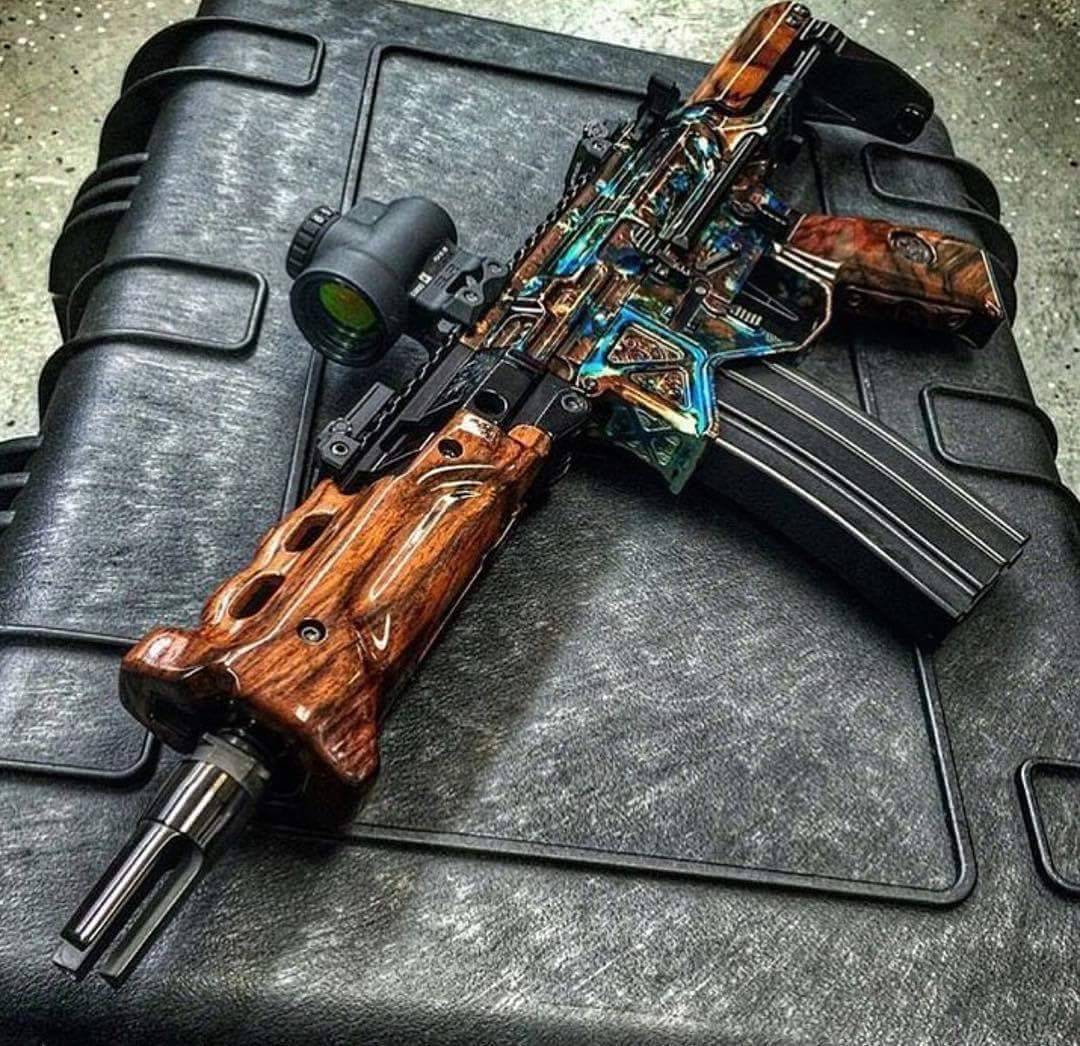



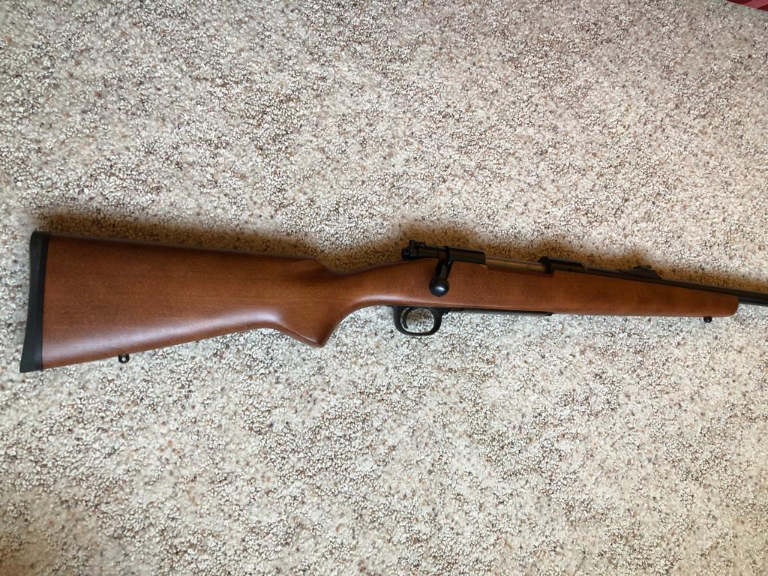
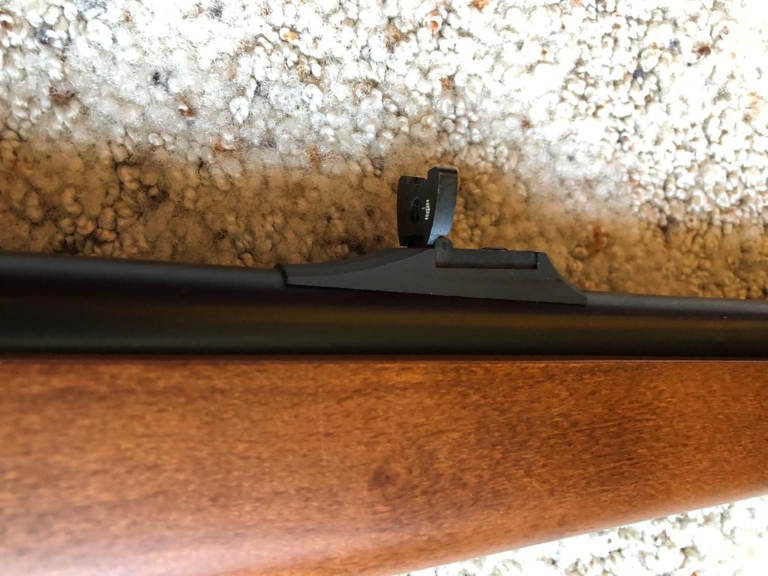
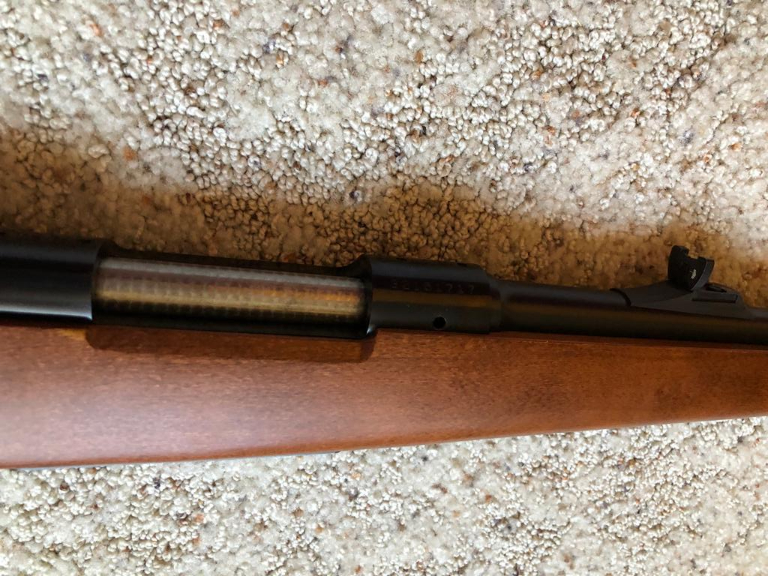
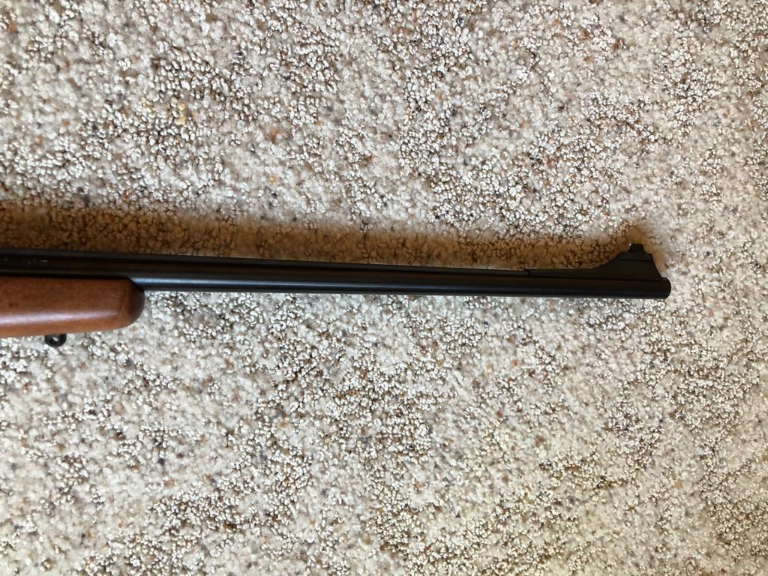
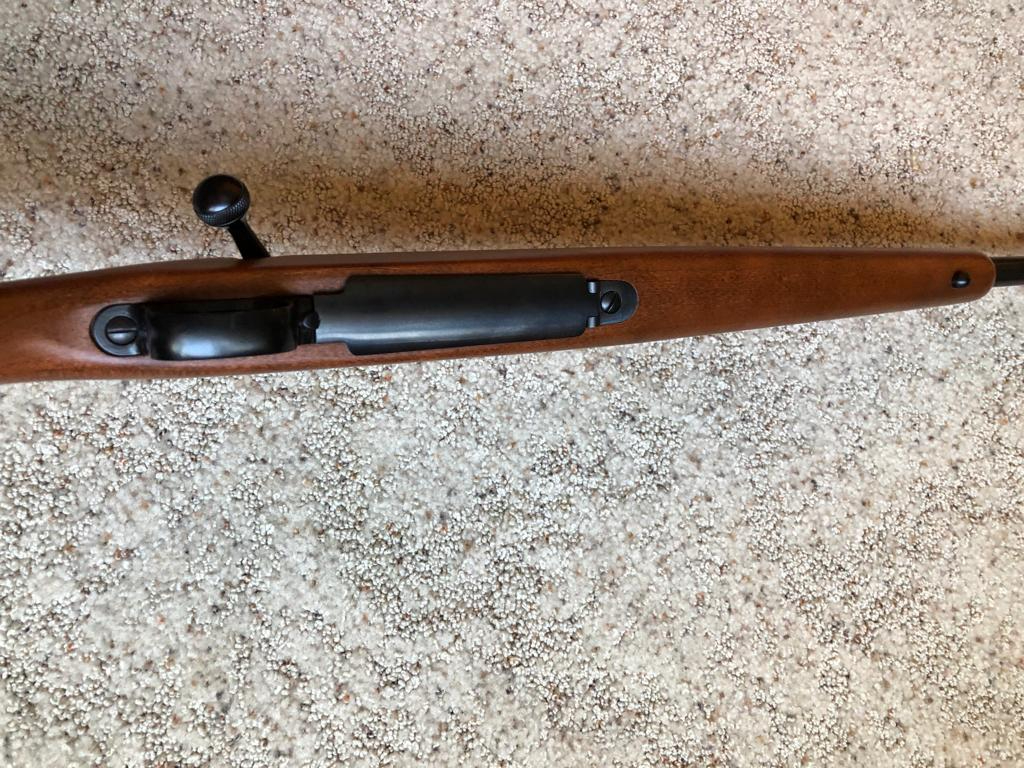
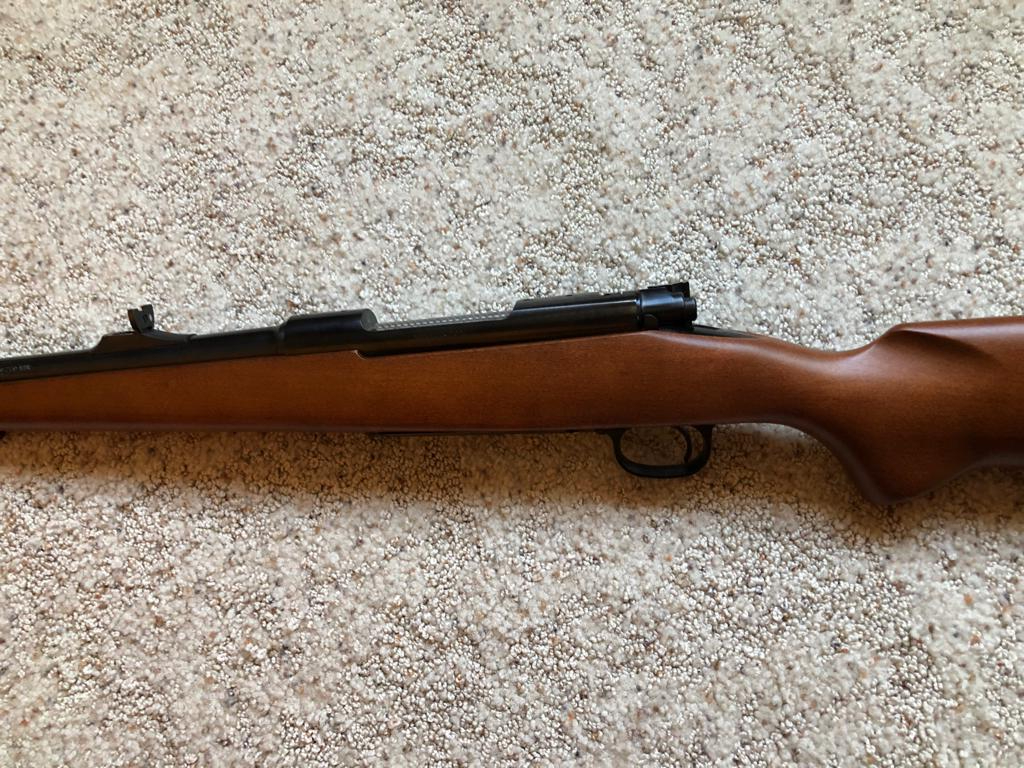
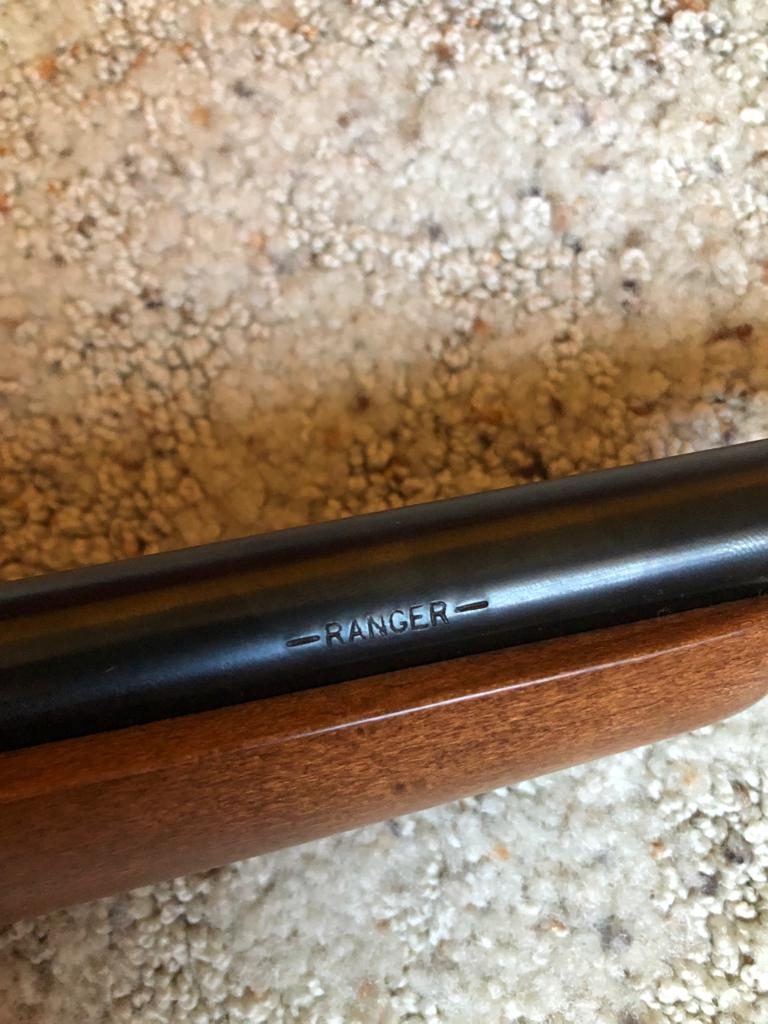
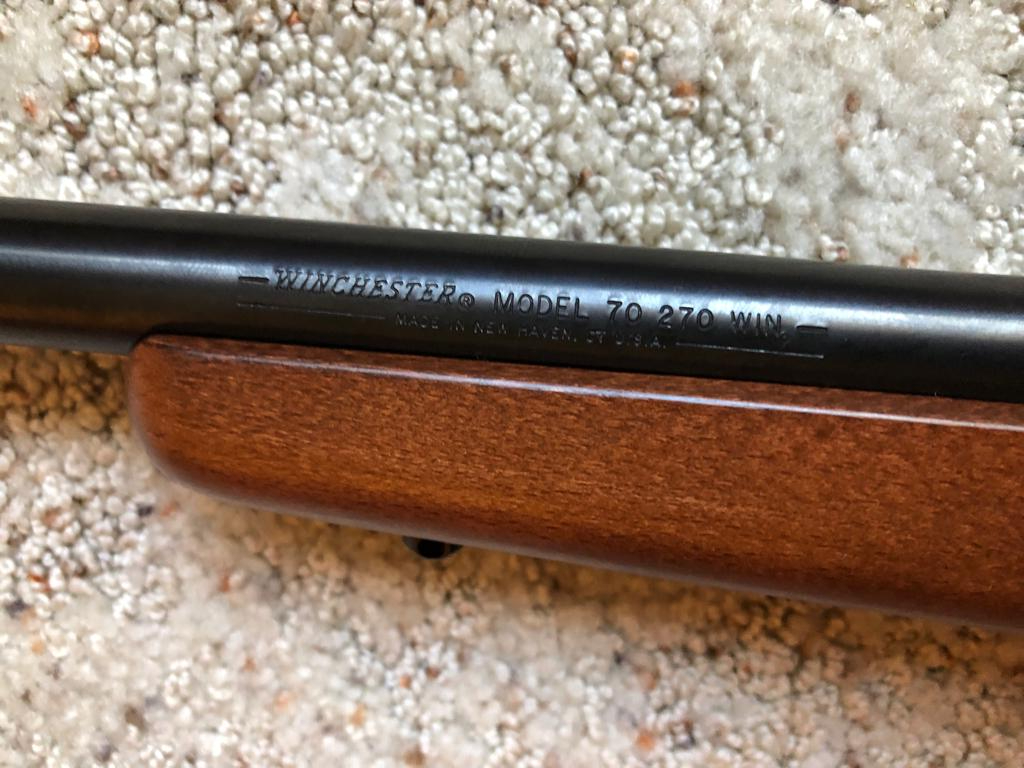
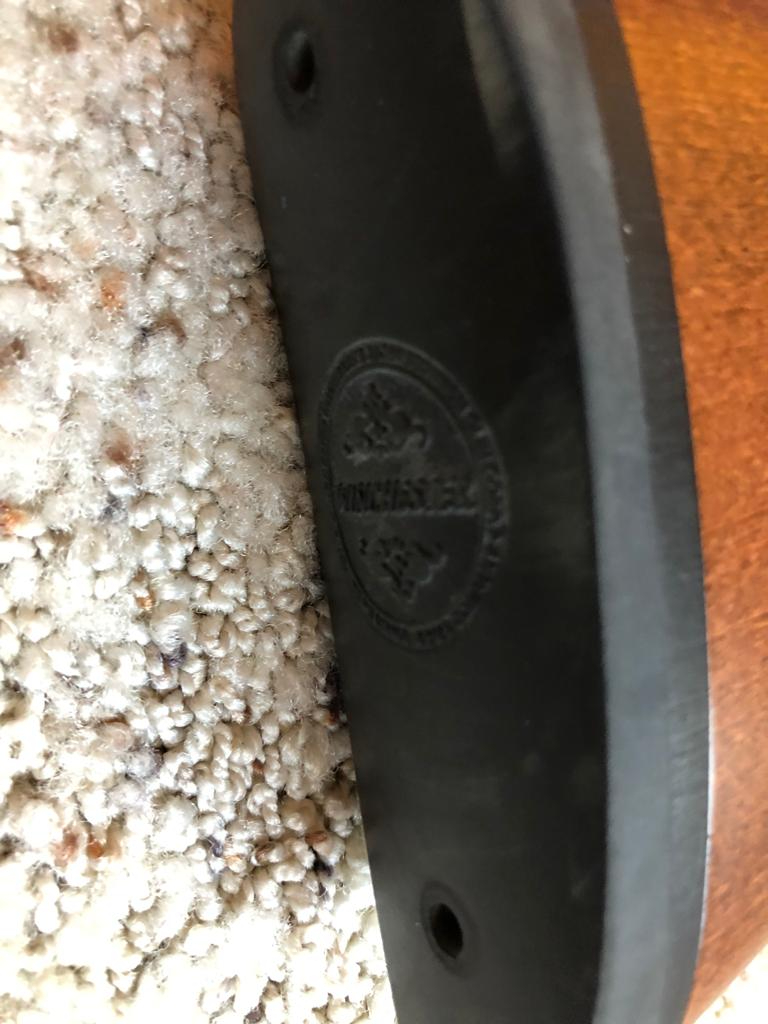
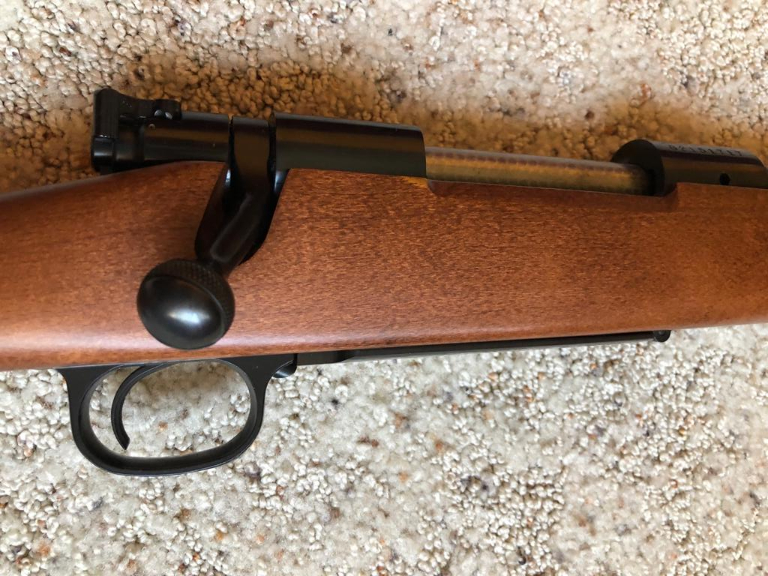
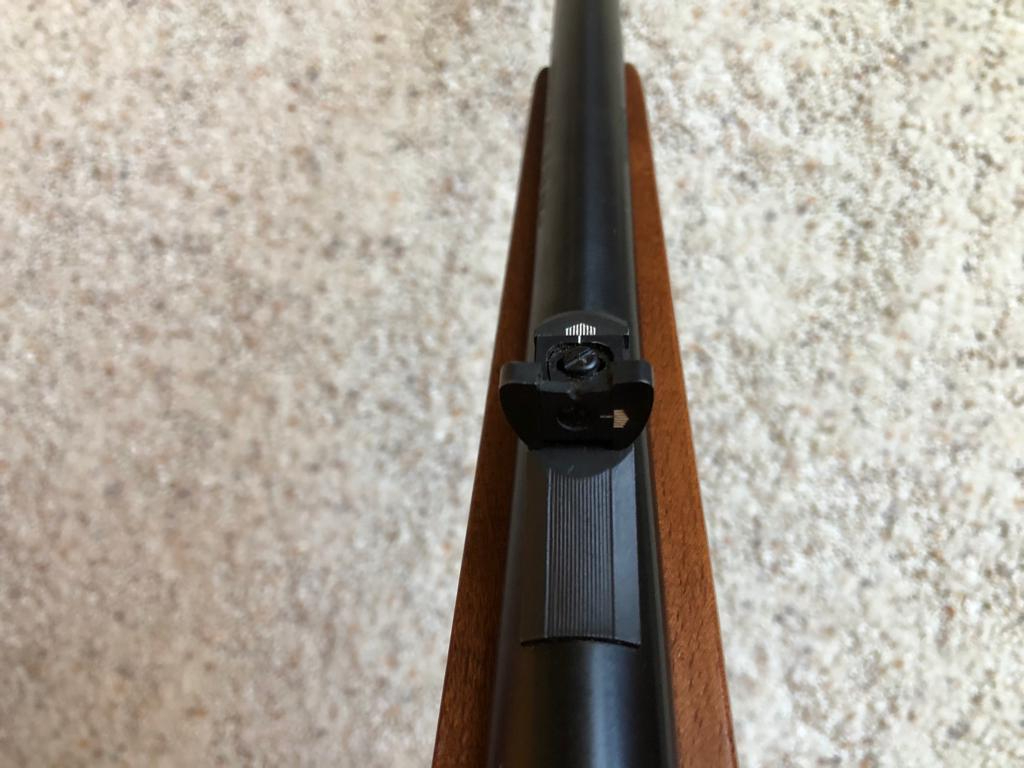
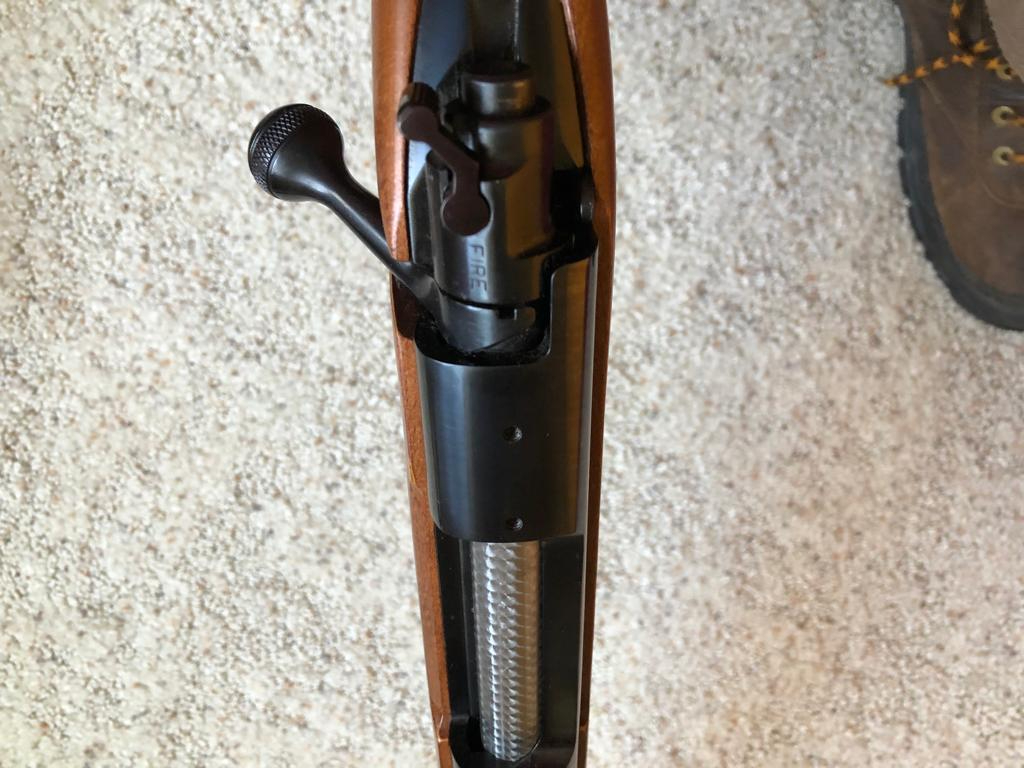
For those who regularly pray to the silver stream from the melting pot, there’s a fairly new technique that is either loved by some or hated like the plague by others. There appears to be no in-between. Of course, we’re talking about powder coating cast lead alloy bullets. Powder-coated lead bullets have been in the United States for approximately 10 years, with many believing it originated in Australia. I’m not sure but I am just grateful it came about.
There’s nothing mystical about powder coating. It involves applying polymer, in powder form, to cast bullets through static electricity. The bullets are then baked, melting the powder, encapsulating the lead projectile in a polymer coating. This coating acts as the lube as your bullet travels down the barrel of your gun.
I first heard about powder coating from longtime friend and cast bullet shooter Dick Thompson. He heard about it while wintering in Arizona around 7-8 years ago. I’ll admit, like many, I was skeptical at first.
Why would I want to sway away from traditional lube/sizing? Hadn’t it worked totally satisfactorily the past 20+ years? I already had my RCBS Lub-A-Matic and all the sizing dies I needed, along with plenty of bullet lube.
Being recently retired from the police department, I had plenty of time on my hands and decided to experiment with powder coating. I did a simple test by casting a batch of RCBS .32 98 rain SWC bullets. I powder coated half and lube/sized half, both to .314 inches in diameter. I loaded both bullets with the same dies, powder weight and set-up during the same session.
The results were interesting. The powder-coated bullets were slightly faster, more accurate and left my barrel immaculate of any lead residue. There was no sign of it anywhere. The lube/sized loads shot well, just not as accurately, and were slightly slower. My barrel after shooting the lubed bullets showed a slight lead wash. I knew from experience the lead wash would get worse as I continued shooting.
I was starting to rethink lube/sized bullets. If I could figure out a way to speed up powder coating my bullets, I’d be a true convert.
If you want to know the easy way of doing something, ask a lazy man. I started tumbling my bullets in my brass tumbler. I’d add 500 bullets with a couple teaspoons of powder coat and tumble them for 20 minutes. If more powder was needed, I’d add it. If the bullets were totally coated, I’d stop and dump them in a wire fry basket. Then, I’d shake the excess powder off, collecting it on a newspaper to be reused again.
Then, I baked the bullets at 400 degrees for 20 minutes. I didn’t stack my bullets; I dumped them on the tray lined with parchment paper. The bullets broke apart freely from shaking off excess powder. I then sized my bullets with Lee push-through sizing dies. I now use the Lee Automatic Processing Press for sizing, feeling it is the fastest, most economical way of sizing powder-coated bullets.
I can cast, powder coat and size 500 bullets in about an hour. This is much easier and faster than using traditional lube/size equipment.
Clean Hands/Dies: Powder-coated bullets are very clean handling. There’s no more gunky fingernails, hands and fingers from handling lubed bullets. This also applies to your dies with no lube contamination. There’s no need to re-adjust your seating stem as bullets get seated deeper and deeper from residual lube build-up inside the seating die.
Clean Barrels: I have guns I’ve shot several thousand rounds of powder-coated slugs through without a hint of leading showing. Although lubed bullets weren’t too bad, after shooting that many rounds a lead wash would surely ensue. Not so with powder-coated bullets.
Nix the Oxidation: If you like casting bullets well in advance like I do, storing them over a long period of time can lead to oxidation — the white crusty stuff that accumulates on lead. When your cast bullets are powder coated, oxidation is a thing of the past.
Color Coding: Ever wonder what load is in your hand when you pluck it from your pocket? It can be the handloaders curse for sure. Fear no more with powder coating. Now you have the option of using different colored coded loads to know at a glance what load is in your hands. Maybe use blue for a cool, light load or red for something hotter? You get the idea.
Smoke Free: Powder-coated bullets are smoke free when shooting them. If you use alox-based lubes, this is especially nice as your sinuses won’t burn from the residual alox smoke. Dare I say powder-coated bullets are a healthier version to shoot? If your sniffer isn’t sucking up noxious vapor, I’d say yes. All I know is my sinuses don’t burn when shooting them.
Cheaper: Most handloaders are frugal by nature. It’s one of the reasons we started handloading to begin with. A pound of powder coat is enough for several thousand cast bullets. You get a lot more mileage from powder coat than traditional lubes.
Seat Deeper: With traditional lubed bullets you must keep seated bullets contained within the neck of the cartridge brass to prevent powder contamination of lube. During hot weather bullet lube melts, contaminating powder. Not so with powder-coated bullets. Seating your bullets as deep as you want makes them more versatile for different loads.
As you can see there are many reasons to powder coat your cast bullets. I love the advantages and haven’t sized/lubed cast bullets in years. I’m not trying to convince anyone to convert to powder-coated bullets, but rather sharing why I chose to do so. I’m sure there’s other reasons, but this covers the gist of them.
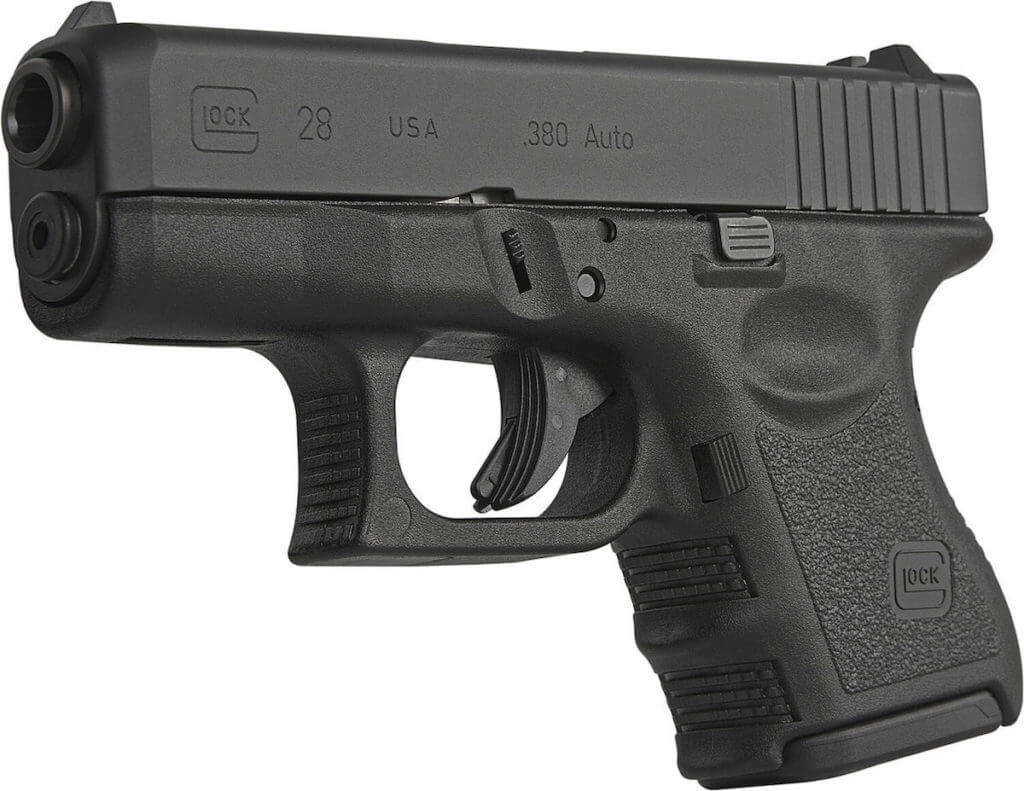
Glock. Love them or hate them, we all know what they are. Regardless of your personal feelings, chances are you know someone who has at least one, you’ve probably shot it, and you’ve heard their opinion on why the G19 is better than any other gun ever made.
News of a new Glock model becoming available would normally only excite the Glock-heads, but the .380 ACP double-stack Glock 28 is turning the heads of even the non-Glockers. Though .380 ACP isn’t all that exciting, the Glock 28 is.
You know the adage; you want something more when you realize you can’t have it. It’s called the scarcity effect. It’s a psychological phenomenon that says when you see something that is rare, desirable, or expensive, your subconscious mind makes you think about having it more than if you saw something that was abundant. And, it’s no different with the Glock 28.
Thanks to the 1968 Gun Control Act and the ATF, the Glock 28 had been nearly impossible to own in the United States. The Glock 28 isn’t new. In fact, it has been available overseas for years. But the Gun Control Act established specific “sporting purposes” criteria that all imported handguns would have to meet.
Simply put, the Glock 28 never made the grade, could not be imported, and has never been available… until now. Sort of.
While Austrian-made G28s will forever be extremely rare here in the states, USA-made G28s are now available in the land of the free and home of the brave. Thanks to the new Glock production facility in Smyrna, GA, a small number of Glock 28s have been manufactured.
The only difference between the Austria-made vs USA-made is the manufacturing stamp. “Made in Austria” vs “Made in USA.”
The small run is being facilitated by the TALO buying group, which also includes a long list of wholesaler members, retailers, and dealers.
How does it measure up? The G28 has a 3.43-inch barrel, a standard 10+1 bullet capacity, and weighs 20.64 ounces, unloaded.
It is a smidge smaller and lighter than the G26 and G27, which is great for a pocket-carry pistol, or even an ankle-carry, if you’re into that kind of thing.
Put up against the other .380 ACP Glocks available in the USA, the G42 stands as a bit thicker and heavier, which is a no-brainer when you consider the double-stack magazine.
How does it perform? Stay tuned to GunsAmerica for a full review.
Even though this release is utilizing the TALO distribution powerhouse, don’t let that fool you. Glock 28 production has been officially labeled “limited,” meaning if you want one, don’t wait.
.gif) Now get to work as somebody has to pay for my Teachers Pension! Grumpy
Now get to work as somebody has to pay for my Teachers Pension! Grumpy

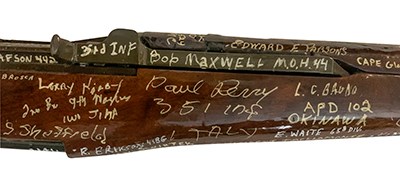 When 28-year-old Marine Andrew Biggio bought an M1 Garand, he never imagined the journey that would ensue. The Rifle, as it would come to be known, was purchased in honor of Biggio’s uncle, who was killed in Italy during World War II. He brought his new purchase to his neighbor, Joseph Drago, a combat veteran of the war. When Drago saw the rifle, memories that had been buried since the end of the war began to float to the surface. After hearing Drago’s stories, Biggio asked him to sign his rifle. Thus began a two-year journey to find as many surviving World War II veterans as possible, giving each of them a chance to sign the rifle and share their stories.
When 28-year-old Marine Andrew Biggio bought an M1 Garand, he never imagined the journey that would ensue. The Rifle, as it would come to be known, was purchased in honor of Biggio’s uncle, who was killed in Italy during World War II. He brought his new purchase to his neighbor, Joseph Drago, a combat veteran of the war. When Drago saw the rifle, memories that had been buried since the end of the war began to float to the surface. After hearing Drago’s stories, Biggio asked him to sign his rifle. Thus began a two-year journey to find as many surviving World War II veterans as possible, giving each of them a chance to sign the rifle and share their stories.
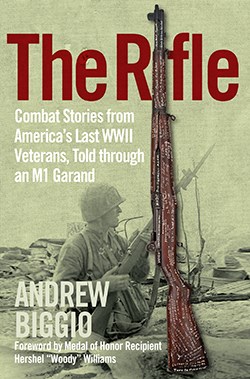 Through its 278 pages, The Rifle chronicles the living memories of 96 combat veterans, all of whom held Biggio’s rifle and remembered when they carried their own example into battle. More than three-quarters of a century have passed since the Axis surrender in 1945, and the youngest of World War II’s surviving participants are now in their nineties. Of the 16 million Americans who served during the war, the U.S. Department of Veterans Affairs estimates that fewer than 240,000 are still alive. Biggio’s mission archives some of the last eyewitness accounts of a world torn by war. regnery.com
Through its 278 pages, The Rifle chronicles the living memories of 96 combat veterans, all of whom held Biggio’s rifle and remembered when they carried their own example into battle. More than three-quarters of a century have passed since the Axis surrender in 1945, and the youngest of World War II’s surviving participants are now in their nineties. Of the 16 million Americans who served during the war, the U.S. Department of Veterans Affairs estimates that fewer than 240,000 are still alive. Biggio’s mission archives some of the last eyewitness accounts of a world torn by war. regnery.com
